Search
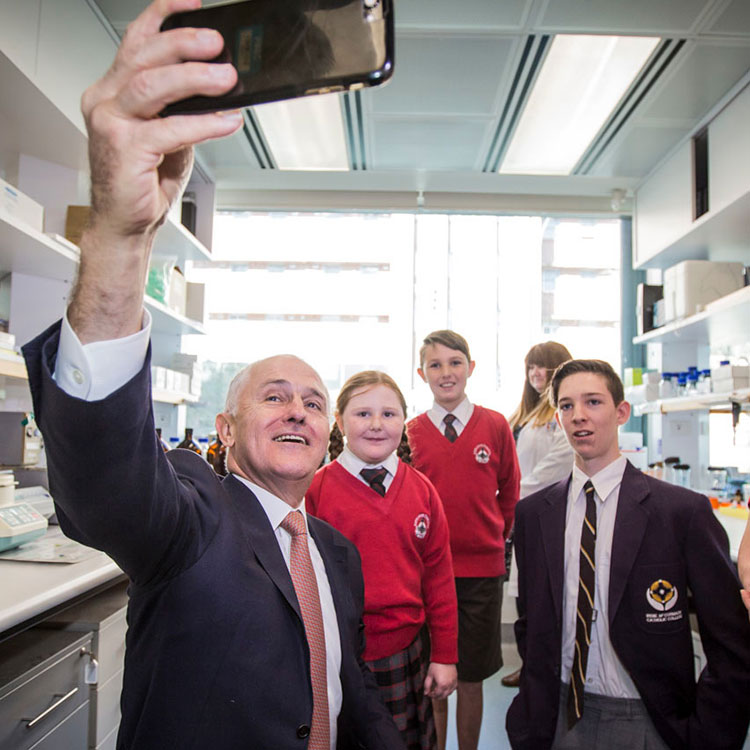
News & Events
Prime Minister visits The KidsWe welcomed the Prime Minister Malcolm Turnbull, Minister for Finance Mathias Cormann and Minister for Foreign Affairs Julie Bishop to the Institute.
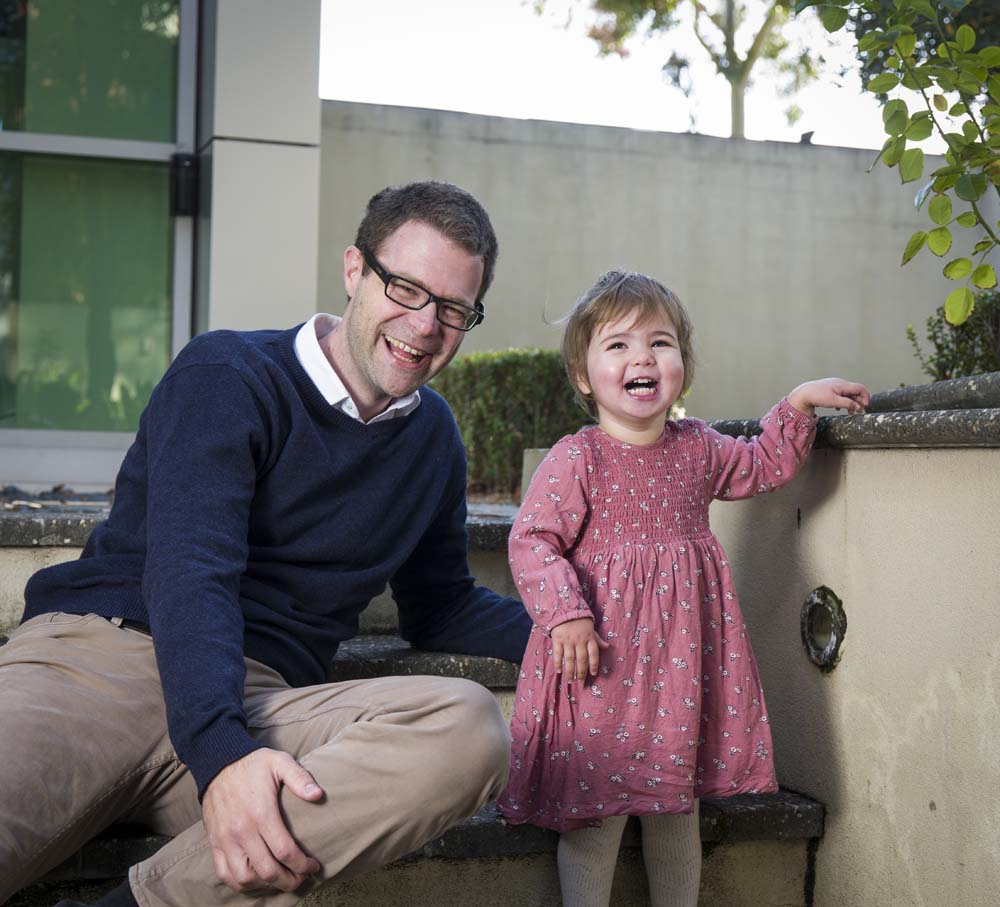
News & Events
The Kids Research Institute Australia researcher a finalist for 2017 Eureka PrizeAutism researcher, Professor Andrew Whitehouse from The Kids has been named a finalist in the Eureka Prize for Emerging Leader in Science
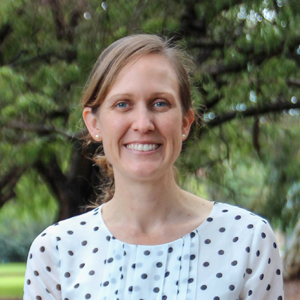
News & Events
Skin infections flying under the radarThe Kids Research Institute Australia researchers have confirmed that skin infections in many Aboriginal children across northern Western Australia are going unrecognised.
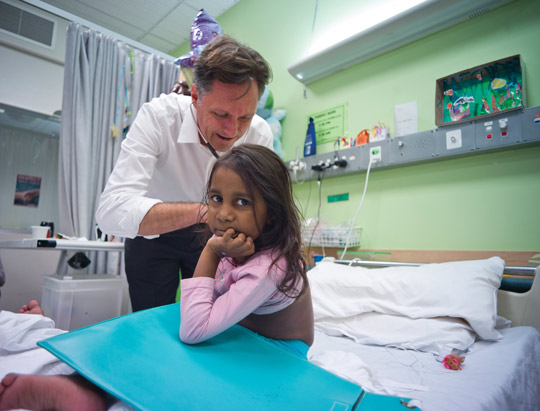
News & Events
Partnering to end rheumatic heart diseaseResearchers from The Kids Research Institute Australia are sharing expertise and knowledge to end rheumatic heart disease in this country.
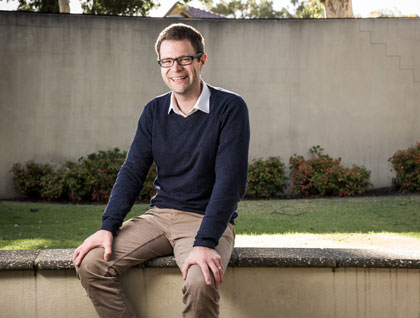
News & Events
National guidelines bring new order to autism diagnosisClinicians across Australia are looking forward to the release of the country’s first national guidelines for the diagnosis of autism.
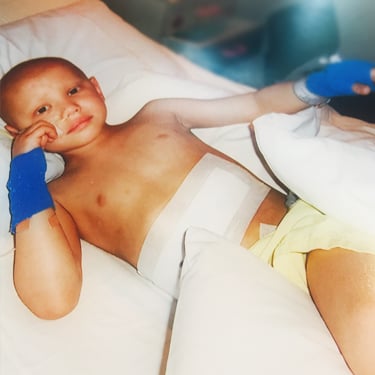
News & Events
Childhood cancer story: How Rennae's child's cancer diagnosis affected her familyRennae's son Samuel was diagnosed with stage 4 neuroblastoma 13 years ago, and was originally given a 20% chance of survival. She bravely shares their story.

News & Events
Study shows e-cigarettes can harm lungsA study led by researchers at The Kids Research Institute Australia has shown that electronic cigarettes can cause lung damage.
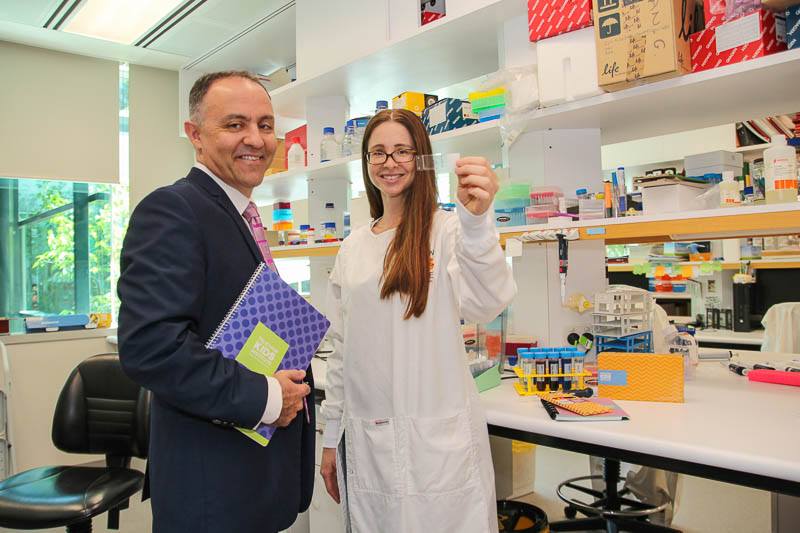
News & Events
Staples and The Kids Research Institute Australia launch new fundraising range for children's medical researchStaples is launching a new range of office, facility & education products to help support the incredible child health & development research of The Kids.

News & Events
Aussie kids using strengths to overcome hurdlesThe Multiple Strength Indicator is a strength based measure that provides information on children’s developmental strengths as they commence full-time school.

News & Events
Study sheds new light on the ‘autism epidemic’ mysteryResearchers have shown that the so called 'autism epidemic' is due to an increase in the diagnosis of children with less severe behavioural symptoms.
